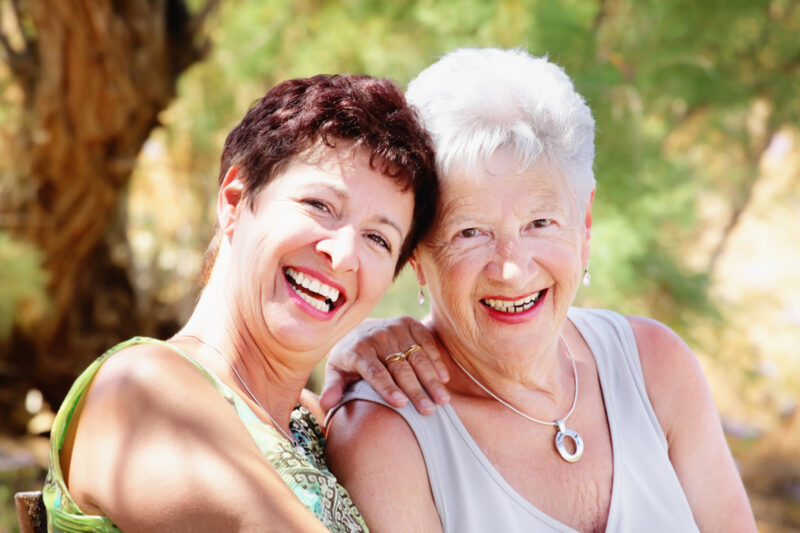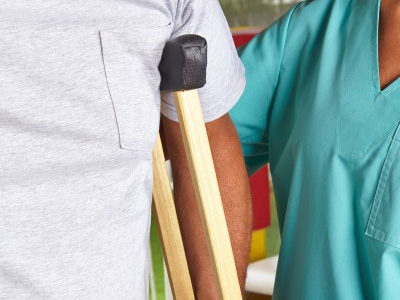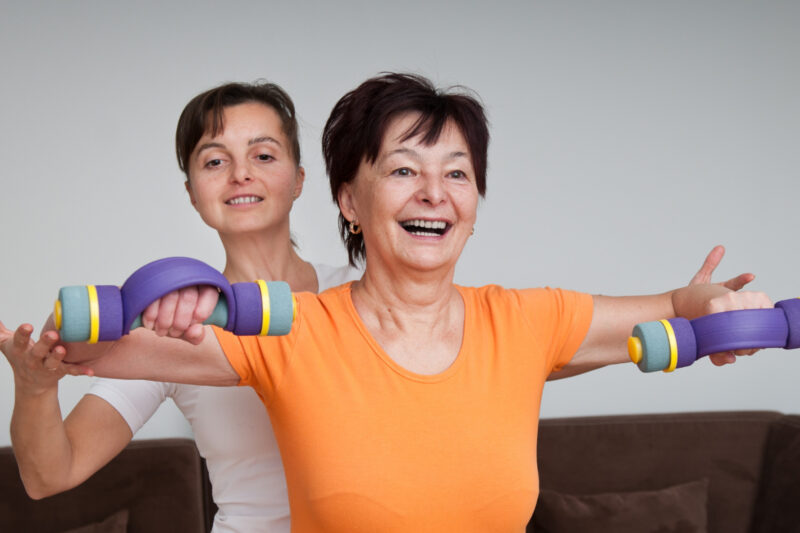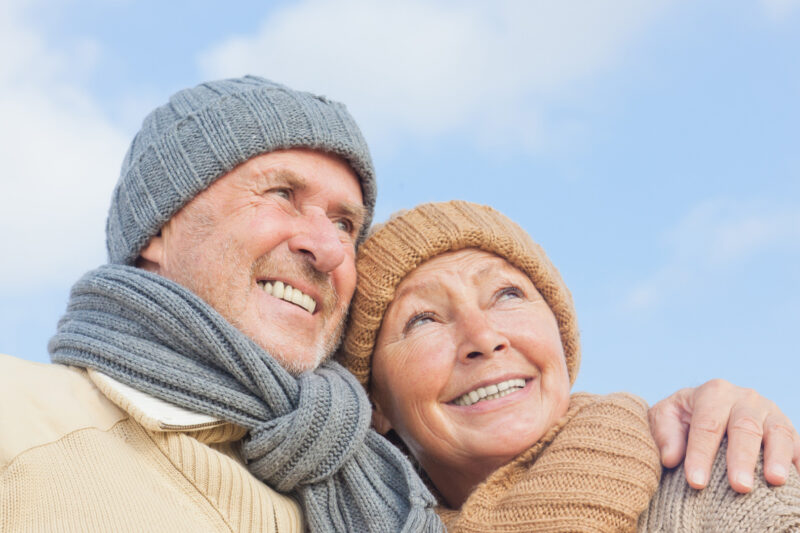Not everyone knows that there exists a whole science of laughter and it is called gelotology. It claims that laughter, laughter therapy is able to have a positive impact on human physiology. Laughter therapy is widely used by psychologists worldwide. Laughter therapy, what is it? Laughter therapy is one of the methods of psychotherapy, which is […]







